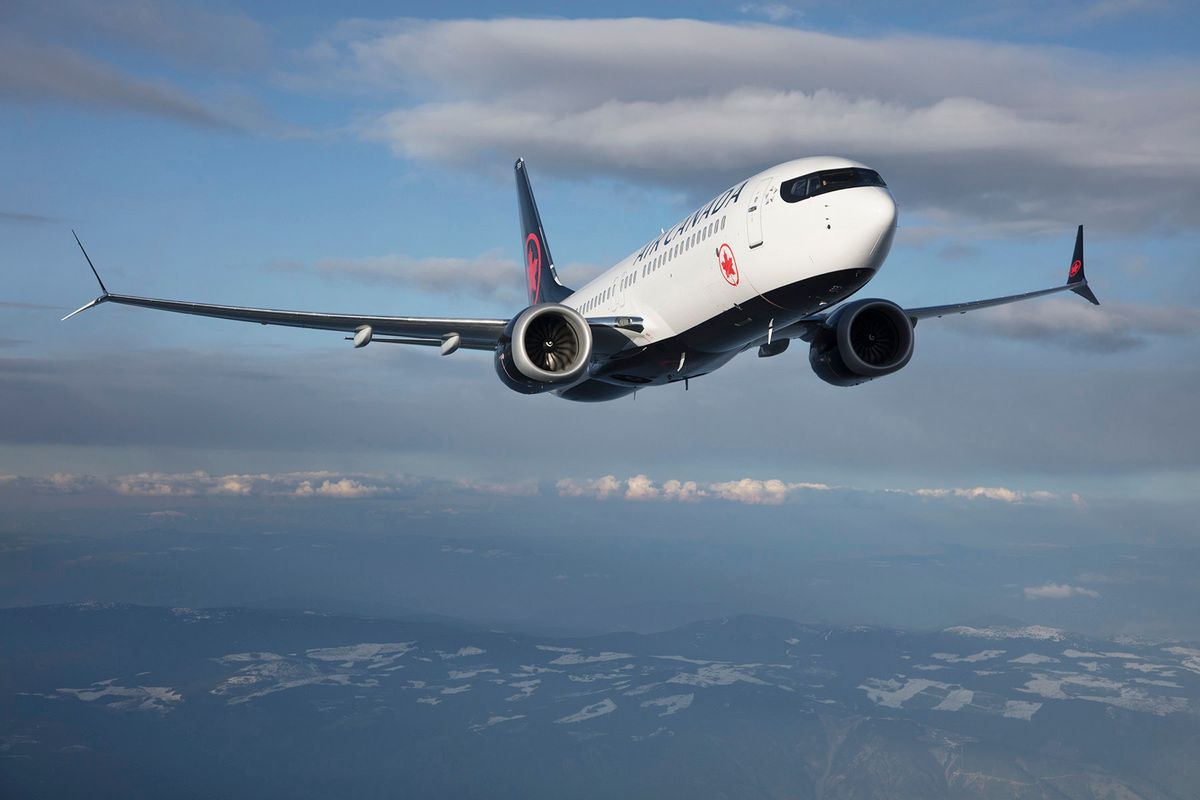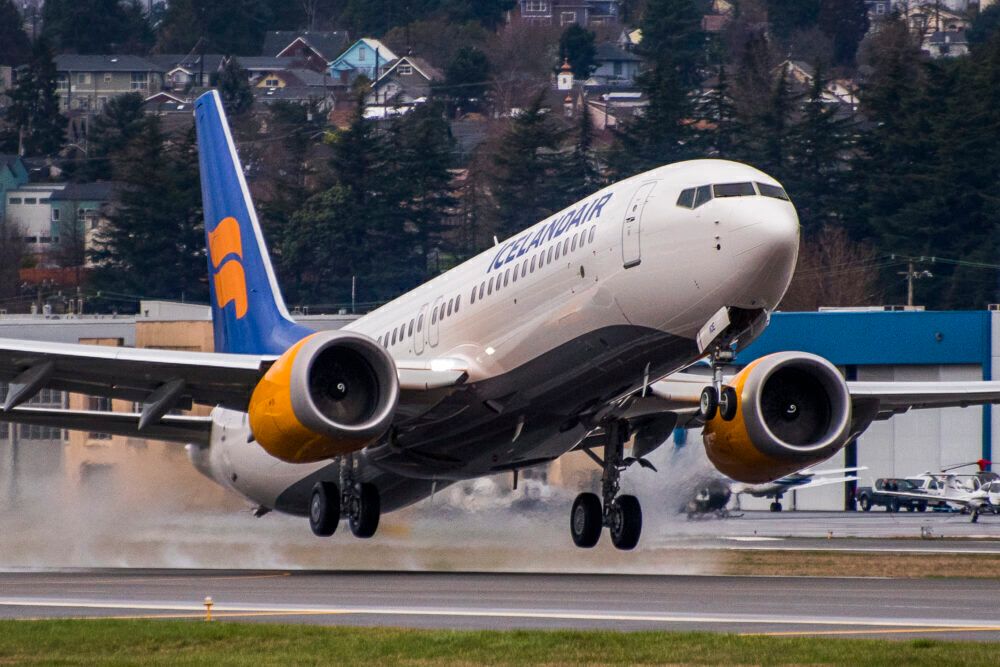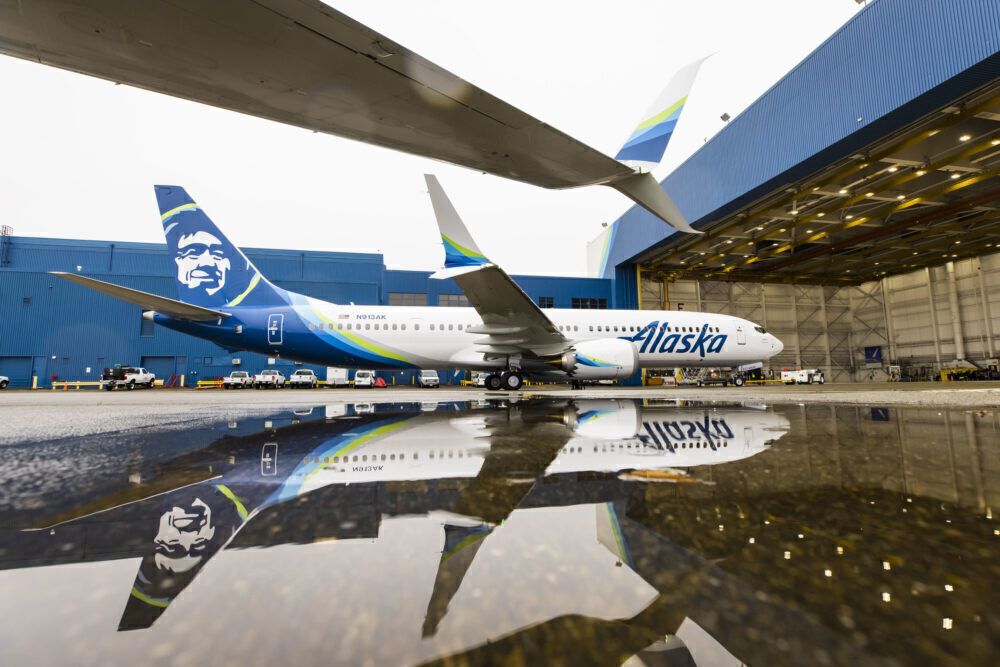The US Federal Aviation Administration (FAA) is now requiring operators of the Boeing 737 MAX to perform regular checks on the flight control systems. The agency issued a directive that mandates advice given by Boeing in December, requiring checks every 6,000 flight hours. Some 461 aircraft are believed to be affected.
MCAS continues to be a problem
Since the FAA ungrounded the 737 MAX, operators have been busily returning their fleets to service. Boeing has been delivering its stored inventory, and operations around the world have resumed (apart from in China). However, the headache caused by the automated flight control system is apparently persisting.
The Maneuvering Characteristics Augmentation System (MCAS) was identified in investigations to be the primary contributor to the two devastating crashes of Boeing’s narrowbody aircraft. In December, Boeing recommended that planes with more than 6,000 flight hours be subject to checks of this system. Now, the FAA has mandated this requirement.
As reported by Reuters, the airworthiness directive, issued June 16th, requires airlines to check the digital flight control system once the aircraft passes 6,000 flight hours. Specifically, this includes checking the stabilizer trim system and cut-off switches, as well as systems relating to the aileron and elevator actuator availability.
The FAA said this was necessary due to a potential failure of the flight control system. It noted that, combined with unusual flight maneuvers or the failure of another flight control system, it could lead to the aircraft becoming uncontrollable.
461 affected aircraft
The FAA stated that the directive will impact around 72 aircraft based in the US. If the directive is followed by other aviation regulators, it will affect some 389 additional aircraft worldwide.
Along with the directive, the FAA issued a Continued Airworthiness Notification to the International Community (CANIC). This highlights the importance of these inspections, urging other regulators to mandate the procedure for airlines operating outside of the US.
In a statement to Reuters, Boeing said it,
"…fully supports the FAA mandate … requiring functional checks at certain intervals to the digital flight control system, stabilizer trim, and the primary and secondary aisle stand stabilizer."
For most airlines, this is not new news. Boeing had requested airlines perform these checks back in December 2020, when the type was first returned to service. However, as they are now mandatorily required to undertake the checks, there is no grey area for overlooking the process.
The majority of airlines already had the 6,000 flight hour check worked into their maintenance schedules for the 737 MAX. However, the airworthiness directive now requires that airlines include these repetitive inspections in their maintenance programs. It’s not yet clear whether EASA, Transport Canada and other regulators will follow the lead of the FAA in mandating these checks.



